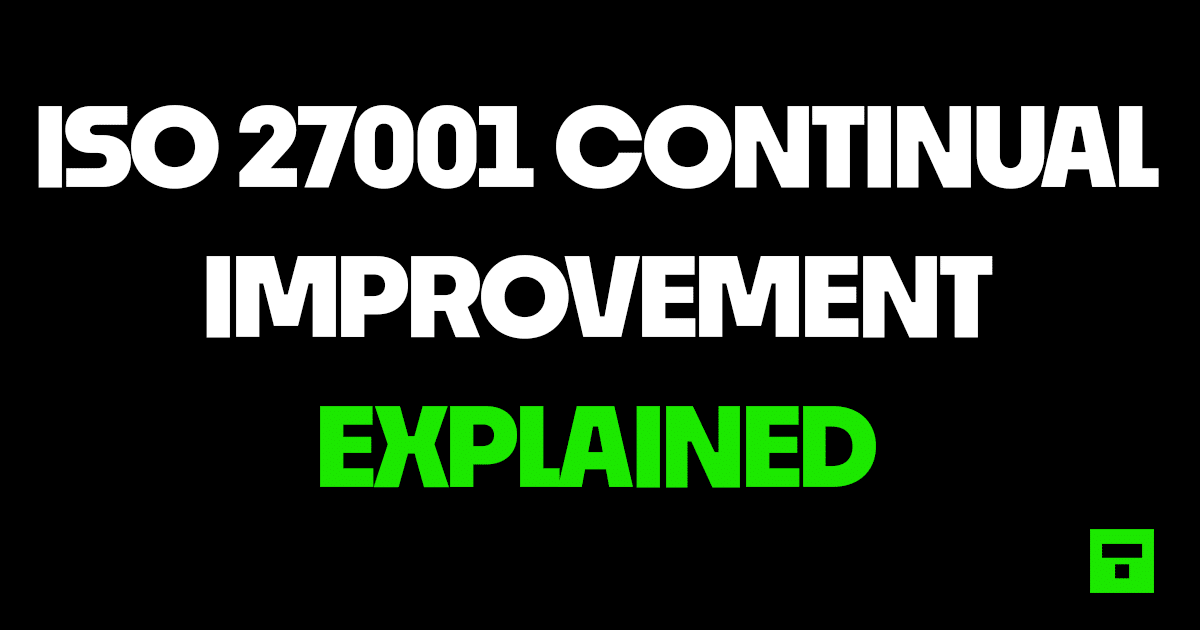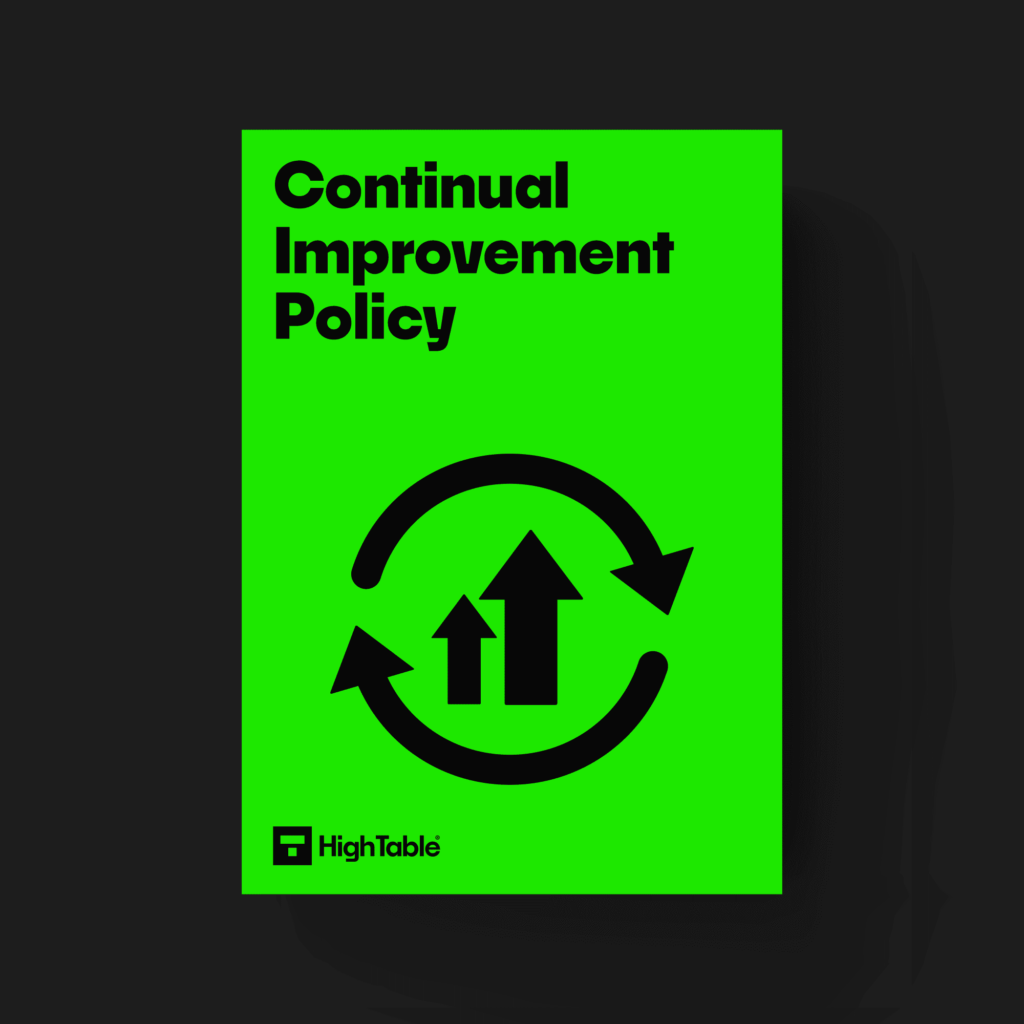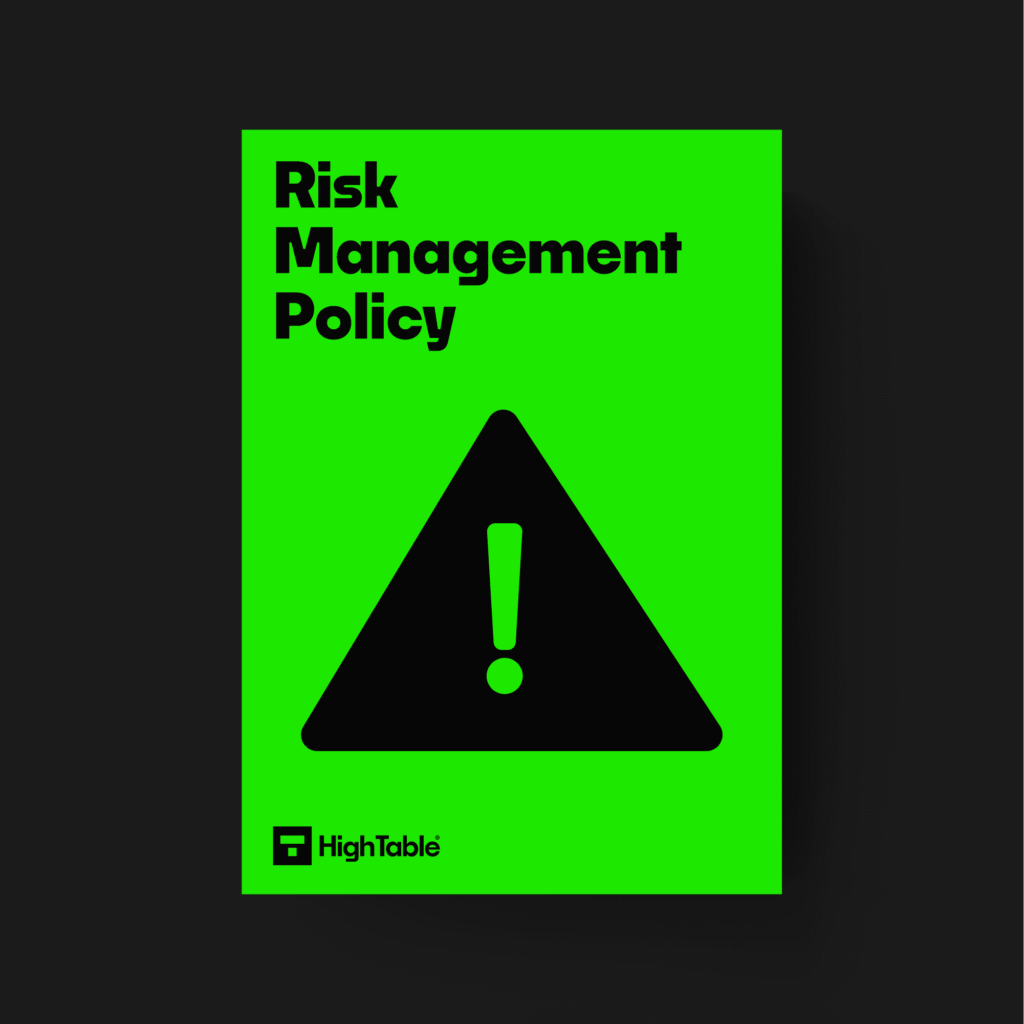As humans, we constantly strive for improvement; whether it’s our mission to climb that career ladder, testing our endurance to achieve a fitness goal – like training for a marathon, or finding new ways to lead a healthier lifestyle. Making positive changes to our lives demonstrates a commitment to ourselves, it makes us feel good and perform better.
In the world of ISO 27001, the same applies to your Information Security Management System (ISMS). If we identify areas for improvement, implement the necessary changes, and monitor the results, we’ll achieve better information security performance over time.
What is ISO 27001?
Based on the fact that you’re on this page, you probably know this stuff. But in case you don’t, ISO 27001 is the leading international standard for information security. In short, it’s a set of guidelines and best practices required to create and maintain an effective information security management system (ISMS).
What is an Information Security Management System (ISMS)?
An ISMS is a structure of policies, procedures and controls designed to monitor and protect an organisation’s sensitive information via effective risk management.
An ISMS guarantees the confidentiality, integrity, and availability of information by identifying and mitigating security risks within organisations.
It’s all about systematically managing information security like a well-oiled machine and building a cyber-resilience like no other.
What is ISO 27001 Continual Improvement?
Like many other ISO standards, ISO 27001 focusses on continual improvement. Considering how quickly things can alter within an organisation, as well as constantly evolving threats, this is possibly one of the most crucial areas of the standard.
Continual improvement involves an ongoing process of finding vulnerable areas where security can be strengthened, updated, and developed. To achieve ISO 27001 Continual Improvement, you can’t cut corners or settle for the status quo – so no more skipping leg day!
There’s no room for complacency when it comes to maintaining a healthy ISMS. Realistically, your management system will never operate perfectly – you will always find improvement opportunities.
Why do we need to continually improve our ISMS?
A requirement of the standard for ISO 27001 Certification outlines that organisations are on top of their management system and committed to consistently monitoring and refining it. It is one of the ISO 27001 Controls, so you can’t really avoid it. Nice try, though.
Is ISO 27001 Continual Improvement mandatory?
Whilst it’s not explicitly mandatory, the standard expects a certain level of progression over time. ISO 27001 places significant emphasis on the value of continual improvement as a vital principle within an effective ISMS.
It encourages organisations to regularly improve the performance, effectiveness, and efficiency of their information security controls and processes. This approach allows organisations to adapt to developing threats, keep up with technological advancements, and address ever-changing organisational needs and challenges. So, in answer to that question, it’s time to up your information security game!
ISO 27001:2022 Update to Continual Improvement
Want to know what changed in the update? The number of the clause. You heard us right.
It was called ISO 27001:2013 Clause 10.2 Continual Improvement.
It’s now called ISO 27002:2022 Clause 10.1 Continual Improvement.
Apart from that, absolutely sweet FA happened. Everything else is the same.
As. You. Were.
ISO 27001 Clause 10.1 Continual Improvement Definition
The ISO 27001 standard defined clause 10.1 as follows:
The organisation shall continually improve the suitability, adequacy and effectiveness of the information security management system.
ISO 27001 Clause 10.1 Continual Improvement Defined
ISO 27001 Continual Improvement checklist
Whilst there isn’t an official checklist provided by the standard itself, following these 7 steps will drive continual improvement in your organisation, helping you comply with ISO 27001 requirements, and ultimately, getting you certification-ready.
Policy and Objectives
Your organisation should set up a clear information security policy and establish objectives that align with its overall business goals. These objectives serve as a basis for spotting areas for improvement.
Performance Monitoring
Your organisation should establish performance indicators to measure the effectiveness of its information security controls and processes. Regular monitoring and metrics help to pinpoint areas of vulnerability and potential improvement opportunities.
Internal Audits
Frequent internal audits must be performed to evaluate compliance with the ISO 27001 standard as well as your organisation’s own policies and procedures, so get a plan in place. Audits help to detect non-conformities and areas where improvements are needed.
Management Review
Your management team should conduct regular reviews of the ISMS to assess its performance, identify improvement opportunities, and allocate resources. Management review meetings offer a forum to talk about audit results, risk assessments, and other relevant actions required.
Corrective and Preventive Actions
When non-conformities, incidents, or weak spots are identified, your organisation must take suitable corrective and preventive actions. Corrective actions tackle existing issues, while preventive actions aim to avert recurrence or lessen potential risks.
Change Management
Your organisation should have a process in place to adequately manage modifications in the ISMS, evaluating the impact of modifications on information security, carrying out the necessary controls, and monitoring the outcomes.
Employee Involvement
Continual improvement efforts should apply to employees at all levels. They should be briefed to report non-conformities, propose improvements, and get involved in training programs to boost their awareness of exactly what’s required to achieve continual improvement.
Are you still breathing? Who knew so much work went into striving for peak ISO 27001 performance, right?
How to demonstrate you are continuously improving the suitability, adequacy, and effectiveness of your ISMS
All you need to do is follow the steps above – and remember to document everything! Details matter when it comes to audits, showing you’re compliant, and achieving certification.
The bottom line is, continuous improvement is an ongoing process. It’s not a one-time activity that can be achieved with minimal effort – it’s a cycle of continual enhancement. The only way to ensure sustainable progress is to review, refine, and repeat the process consistently.
Does this all sound a bit too complicated? To help you on your certification journey, we’ve created these ready-to-edit templates that meet the specific requirements of ISO 27001 clause 10.1. You’re welcome.





